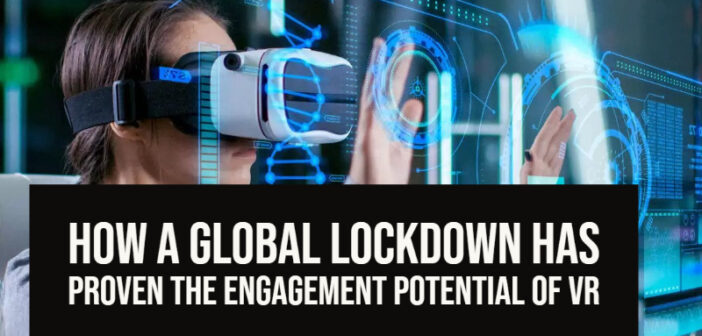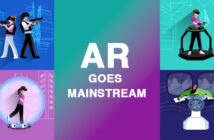The world is in clear and present danger, but with the unavoidable spectre of fear has come the opportunity to adapt. As COVID-19 continues to spread its malignant influence through the population, it has caused unexpected pockets of activity and, in some cases, ingenuity, by the people.
- Video conferencing and chat platforms such as Zoom have now become necessary to continue professional work remotely during the quarantine.
- Cooking in the kitchen more often becomes a natural progression, due to the excess time you don’t spend traveling to the office..
- You find more time to pursue hobbies such as knitting, reading, painting, and finishing off your long list of pending films and TV shows.

Yet all these micro-adaptations lose their novelty, as time lazily passes us by in our homes. We are ultimately social animals, and we crave some stronger simulacrum of each others’ social presence.
This has opened a usually unexplored vista to the sprawling breadth of Virtual Reality (VR) and its parent, Extended Reality (XR).
The Unexpected Virtue of Virtual Reality
The VR application sector has seen increased sales and traffic to make up for all the social distancing. Unsettled companies, remote workers, tourism companies, gaming enthusiasts, and bored homebodies have all found a need to use virtual reality new technology, for a variety of activities.
Professional Activities:
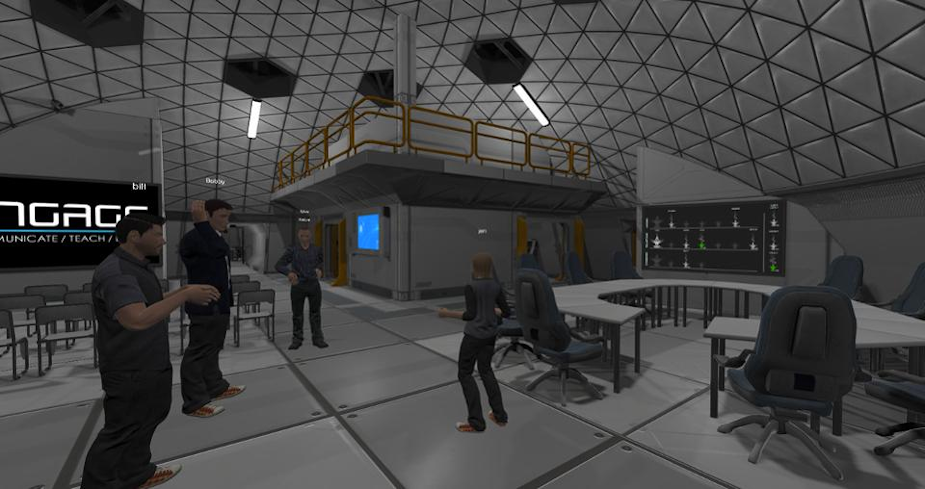
Virtual Reality Applications in Business:
With the occasional unwieldiness of video conferencing and the like, virtual reality spaces and meeting rooms have become an option. Users convene in the space where they can access VR objects such as a whiteboard, post-its, and 2-D drawings. Example: VR meetingRoom.
Virtual Reality Applications for Design and Spatial Understanding
Design, engineering, and architectural professionals are able to collaborate in design review planes, which can even allow them to interact with 1:1 scale 3-D models imported from CAD-software and other modelling interfaces. Example: Symmetry.
Virtual Reality Applications for Hospitality, Travel, & Museums
Since these three industries have taken a huge hit with travel restrictions and curfews, there is a need to remind people of their value. Museums and hotels are using VR to show digital visitors memorable landmarks, venues, and heritage sites on the face of the earth. Hotels are offering VR hotel tours for potential customers to get a feel of the hotel and its surrounding cityscape and landscape, before booking.
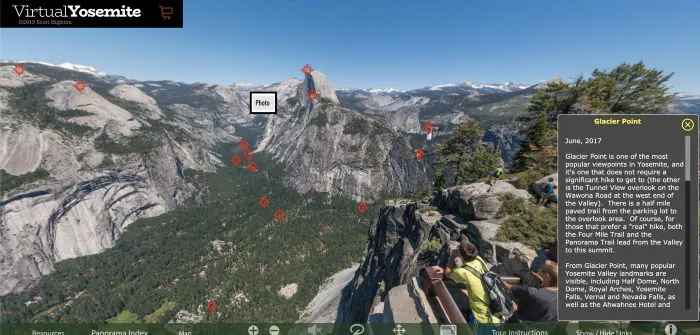
Virtual Reality Applications for Mental Health
In this period of strife, uncertainty, and often loneliness, the need for mental care is paramount. Remote therapy and face-to-face sessions are significantly effective, and using next generation VR headsets has increased the authenticity of emotional communication over distances.
Recreational Activities:
With more time to kill, the need for alternative methods of escapism has clearly risen. Enveloping ourselves in new worlds helps soothe the nerves despite the looming COVID-19 virus. We can’t just distract ourselves with work. We need avenues through which we can let off steam.
Those are becoming available too.
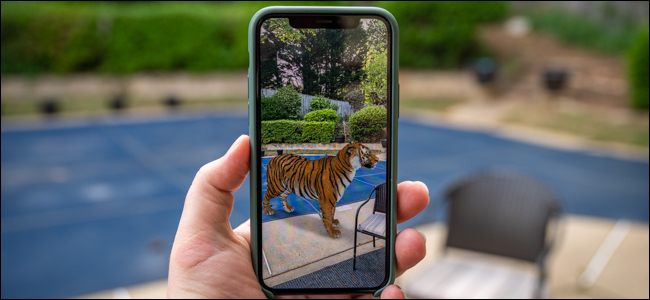
Angloamerican animation studio Nexus Studios has even created Augmented Reality (AR) animals for Google Search, as an interesting distraction from mundane life. Users can find the search suggestion “meet a life-sized [animal]up close.” Clicking on “view in 3D,” and then “move your phone” will summon the animal near you.
While this might seem a droll way to pass time, there are, of course, more specific methods of recreation through VR.
Virtual Reality Applications for Socializing
As there is a need for socializing without physical contact, people are trying out virtual reality destinations, platforms, and social networks, some of which are even populated by celebrities and famous personalities. Example: vTime.
Virtual Reality Applications for Gaming
The launch of high-quality VR headsets by Microsoft and Facebook in the last few years has made the VR gaming world more attractive to the conventional gamer. While most people may not be able to afford the systems to smoothly play top-rated games like Half Life: Alyx and The Void’s many immersive worlds, there is a smorgasbord of smaller games such as Beat Saber and Tetris Effect.
An Opening in the Future of Virtual Reality
Yes, the expensiveness of virtual reality technology has been an obstacle to the progression of the VR industry. VR has been relatively slow in its evolution through the 21st Century, and its functions and advantages might have come off as being more obscure at its inception. But necessity is the mother of invention, and with digital and virtual reality applications becoming more necessary in this time period, people will slowly start to invent new ways to use them.
Facebook Technologies and its Oculus series of headsets, Microsoft’s HoloLens, and VIVE’s Cosmos Elite, have all contributed to people becoming more aware of VR usage. The quality of their VR systems are superior to most of what has come before, and they keep us interested.
If one is not warding off storm troopers in Mustafar with blue lightsabers, swiping through a virtual zoo on their smartphone, or inspecting hotel rooms to book from 1,000 miles away, they’ll still find another use for VR applications in their lives.
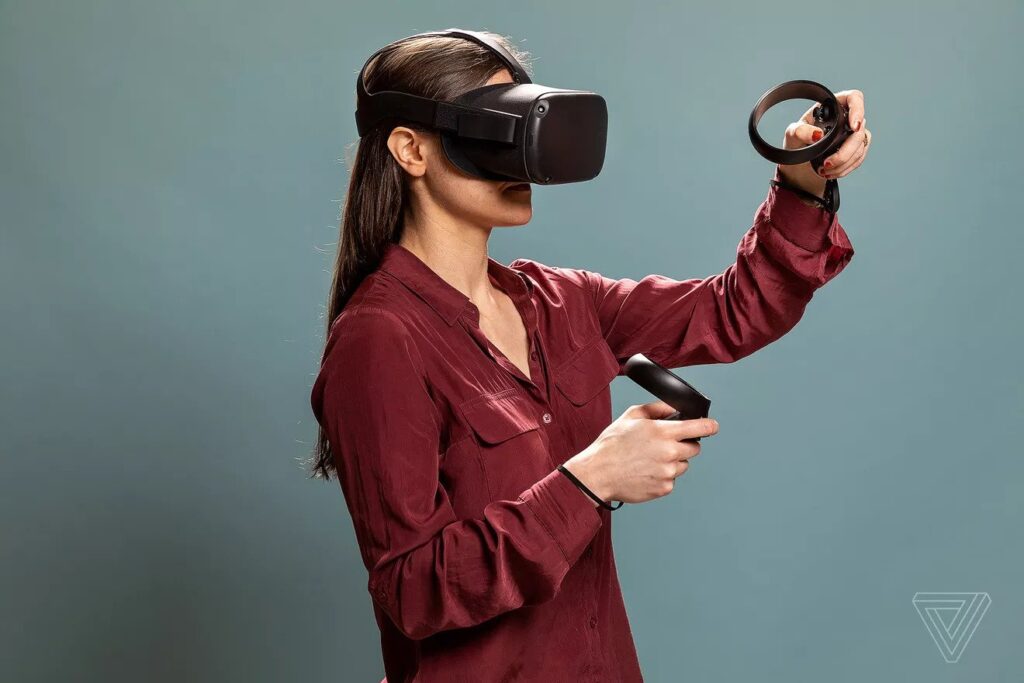
Since the potential of engaging people, systems, and companies through VR is endless, the future is bright for the VR technology industry.
The advantages of its use into the future are becoming clearer:
- Reduced need for travel: With more qualitative and quantitative virtual reality experiences, people might not find the need to travel as frequently as they do now. Virtual meetings and hang-outs may become the norm.
- Less vehicular emissions: With reduced travel comes reduced carbon emissions, which is always good for the environment, as we move forward into the 21st Century and closer to the dangers of climate change.
- More immersive entertainment systems: VR technology will continue to improve our experiences in cinema, gaming, music, art, and sports.
- More immersive remote working systems: As mentioned above, VR will seek to improve professional procedures in healthcare, mental care, design, architecture, and engineering.
VR is a social presence laboratory. We are its ingredients. It experiments with our perspective to make our reality richer. It has taken a global lockdown for us to see its potential, and it might just catch fire now.

